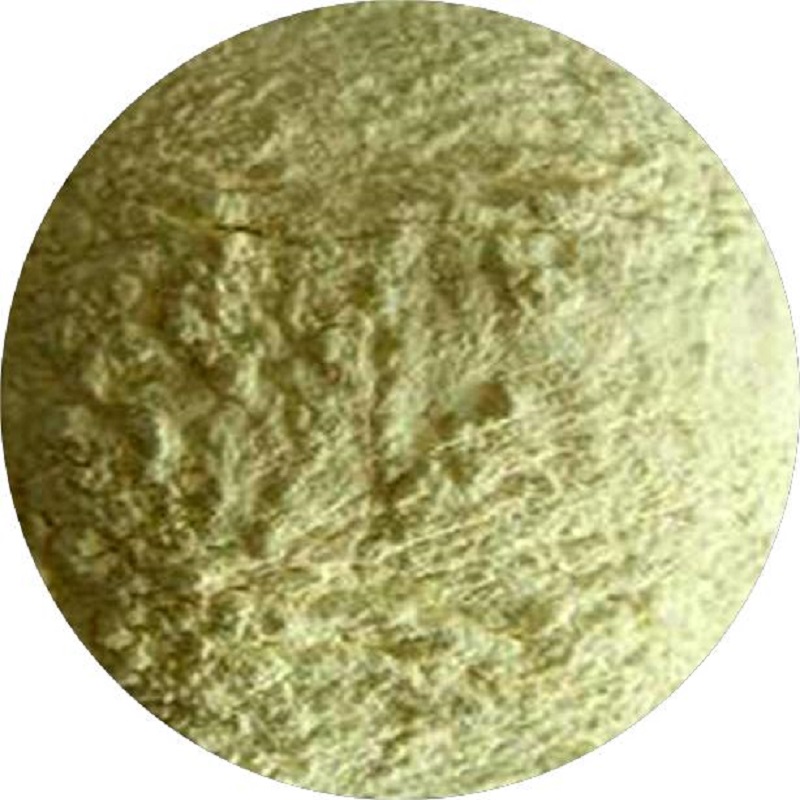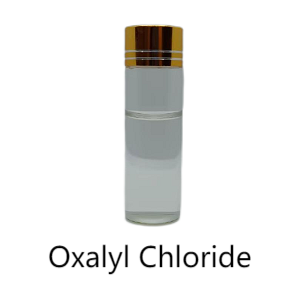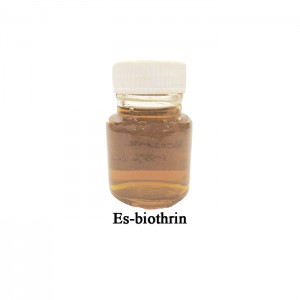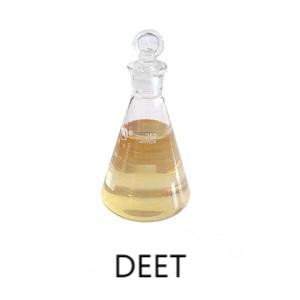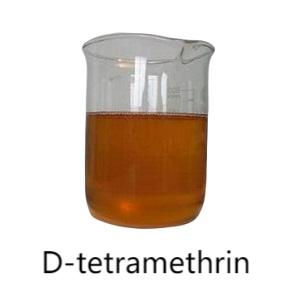Doxycycline hydrochloride CAS 10592-13-9
Basic Info
| Product Name | Doxycycline hydrochloride |
| CAS NO. | 10592-13-9 |
| MF | C22H25ClN2O8 |
| MW | 480.9 |
| Melting point | 195-201℃ |
| Appearance | Light yellow crystalline powder |
Additional Info
| Packaging: | 25KG/Drum, or as Custimised requirement |
| Productivity: | 500 tons/ year |
| Brand: | SENTON |
| Transportation: | Ocean,Air,Land |
| Place of Origin: | China |
| HS Code: | 29413000 |
| Port: | Shanghai,Qingdao,Tianjin |
Product Description:
Doxycycline hydrochloride is a light blue or yellow crystalline powder, odorless and bitter, hygroscopic, easily soluble in water and methanol, slightly soluble in ethanol and acetone. This product has a wide Antimicrobial spectrum and is effective against gram-positive cocci and negative bacilli. The antibacterial effect is about 10 times stronger than tetracycline, and it is still effective against tetracycline resistant bacteria. It is mainly used for respiratory tract infection, chronic bronchitis, pneumonia, Urinary system infection, etc. It can also be used for rash, typhoid, and mycoplasma pneumonia.
Application:
It is mainly used for Upper respiratory tract infection, Tonsillitis, biliary tract infection, lymphadenitis, cellulitis, chronic bronchitis of the elderly caused by sensitive gram-positive bacteria and gram-negative bacteria, and also for the treatment of Typhus, Qiang worm disease, mycoplasma pneumonia, etc. It can also be used to treat cholera and prevent malignant malaria and leptospira infections.
Precautions
1. Gastrointestinal reactions are common (about 20%), such as nausea, vomiting, diarrhea, etc. Taking medication after meals can alleviate them.
2. The usage should be twice a day, such as applying 0.1g once a day, which is insufficient to maintain effective blood drug concentration.
3. In patients with mild liver and kidney dysfunction, the half-life of this drug is not significantly different from that in normal individuals. However, for patients with severe liver and kidney dysfunction, caution should be exercised when using it.
4. It should generally be prohibited for children under 8 years old, pregnant women, and lactating women.




